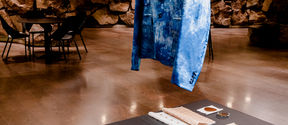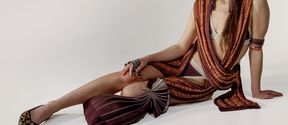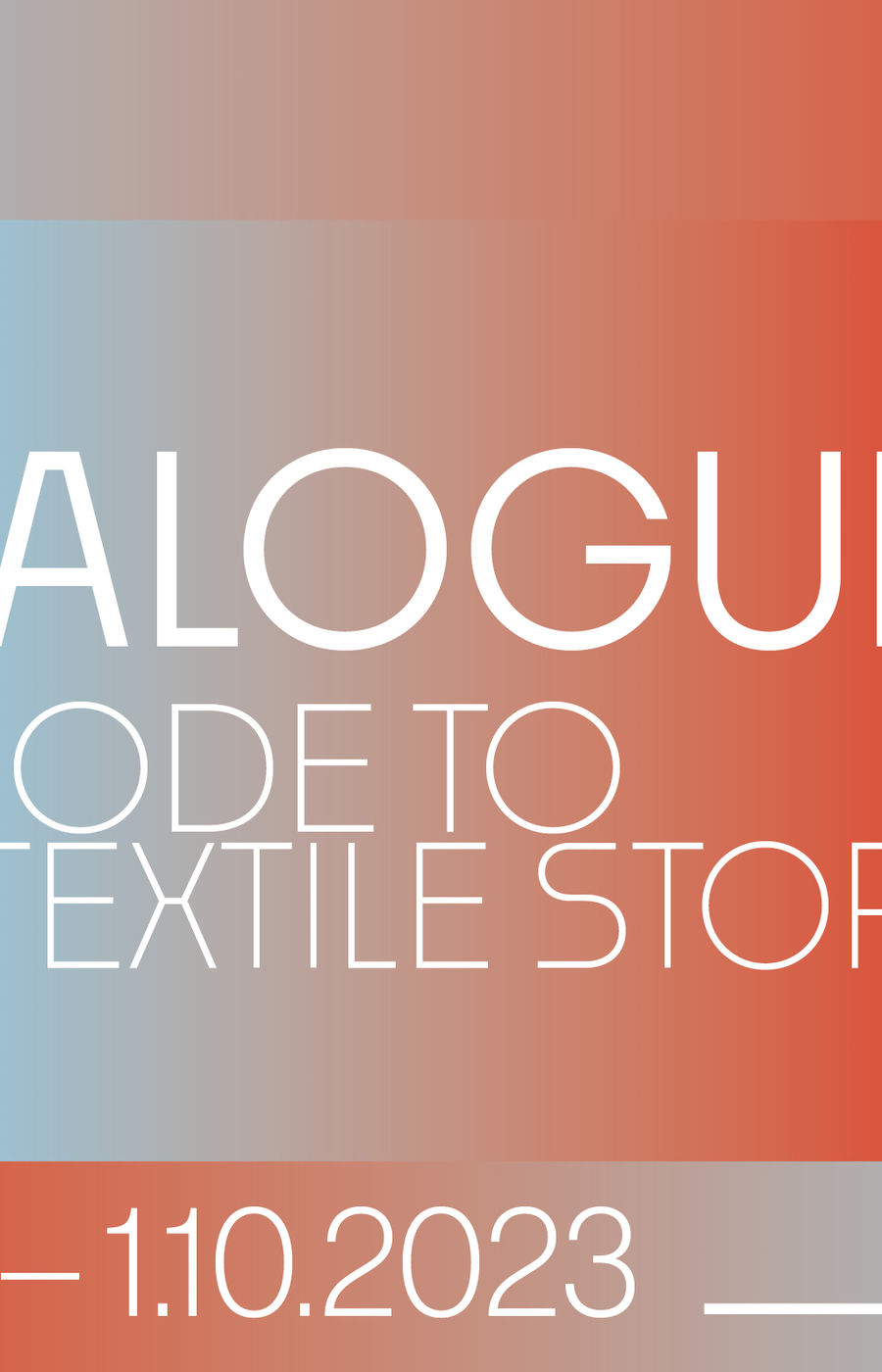
DIALOGUES
An Ode To Textile Stories
Helsinki Central Library Oodi, 08.09-01.10.23
‘DIALOGUES - An Ode to Textile Stories’, is an exhibition at Central Library Oodi, exploring textile narratives, artistic exploration, material solutions and design pedagogy across a multitude of textile works from Aalto University.
Here, textiles are presented as a medium for creativity, design, narratives, and innovation, bridging storytelling and tactility. The interconnectedness of textiles and storytelling, lies in the etymology of the word text, deriving from the Latin root texere, “to weave”. The pieces and projects in this exhibition approach problem-solving and creative expression through different means, showing a diverse range of possibilities when it comes to material interpretations of textile stories.
In addition to the selected textile works, the publication ‘Interwoven– Exploring Materials and Structures’ by Maarit Salolainen, Head of the MA Major in Fashion, Clothing and Textile Design (FaCT) at Aalto University, provides further context for the exhibition's textile narratives within the site of Central Library Oodi. The book explores the history of the world of fabrics, while introducing new pedagogical methods for woven textile design studies, with contributions by Aalto academics and students. From prehistoric twining and the invention of the binary code to new material discoveries in the quest for sustainability, the histories of textile design and technological innovation have long been entwined. By investigating the past and present of textiles, and narrating their cross-cultural roles, meanings and influences, Interwoven illustrates how textiles have been used to tell human stories throughout time.
This exhibition continues the series DIALOGUES, presenting textiles as a medium for future solutions. Launched in New York in November 2022 with a joint exhibition and seminar by Aalto University and Parsons - The New School, the exhibition was expanded on return to the Dipoli Gallery, Aalto University in Espoo in December 2022. The partnership with Central Library Oodi brings textile stories from Aalto University to new audiences in Helsinki.
Exhibition Dates: 08.09-01.10.23
Mon-Fri: 9:00–18:00 / Sat-Sun: 10:00-17:00
Location: Helsinki Central Library Oodi, Kuutio / Cube Space, 2nd Floor
Address: Töölönlahdenkatu 4, 00100 Helsinki
Exhibiting Designers and Research Groups:
Sanna Ahonen / Lorena Articadi / Nora Bremer / Venla Elonsalo / Anusuya Krishnaswamy /Josh Krute / Ella Siltavuori / Kristin Ferrell / Multifunctional Materials Design Research Group: Jaana Vapaavuori, Laura Koskelo, Maija Vaara, Mithila Mohan, Pedro Silva, Zahra Madani / Sun-Powered Textiles-Moiré project: Zuzana Zmatekova, Janne Halme, Elina Ilén, Maarit Salolainen / BioColour-Natural Indigo project: Kirsi Niinimäki, Arttu Åfeldt, Maija Fagerlund, Anna-Mari Leppisaari / Ioncell® Lindström towel project knit - Ioncell® research team & Elina Onkinen, Kasia Gorniak / Leonardo Hidalgo Uribe / Ia Kähkönen / Helmi Liikanen / Jarno Kettunen / Elisa Defossez
DIALOGUES Exhibition Team:
Concept and curation: Maarit Salolainen / Curator, Aalto Exhibitions: Edel O’Reilly / Exhibition coordinator: Nora Bremer / Graphic design: Aino Salonen
Collaborators:
Aalto Studios / Aalto Printlab & Bookstudio / Helsinki Central Library Oodi
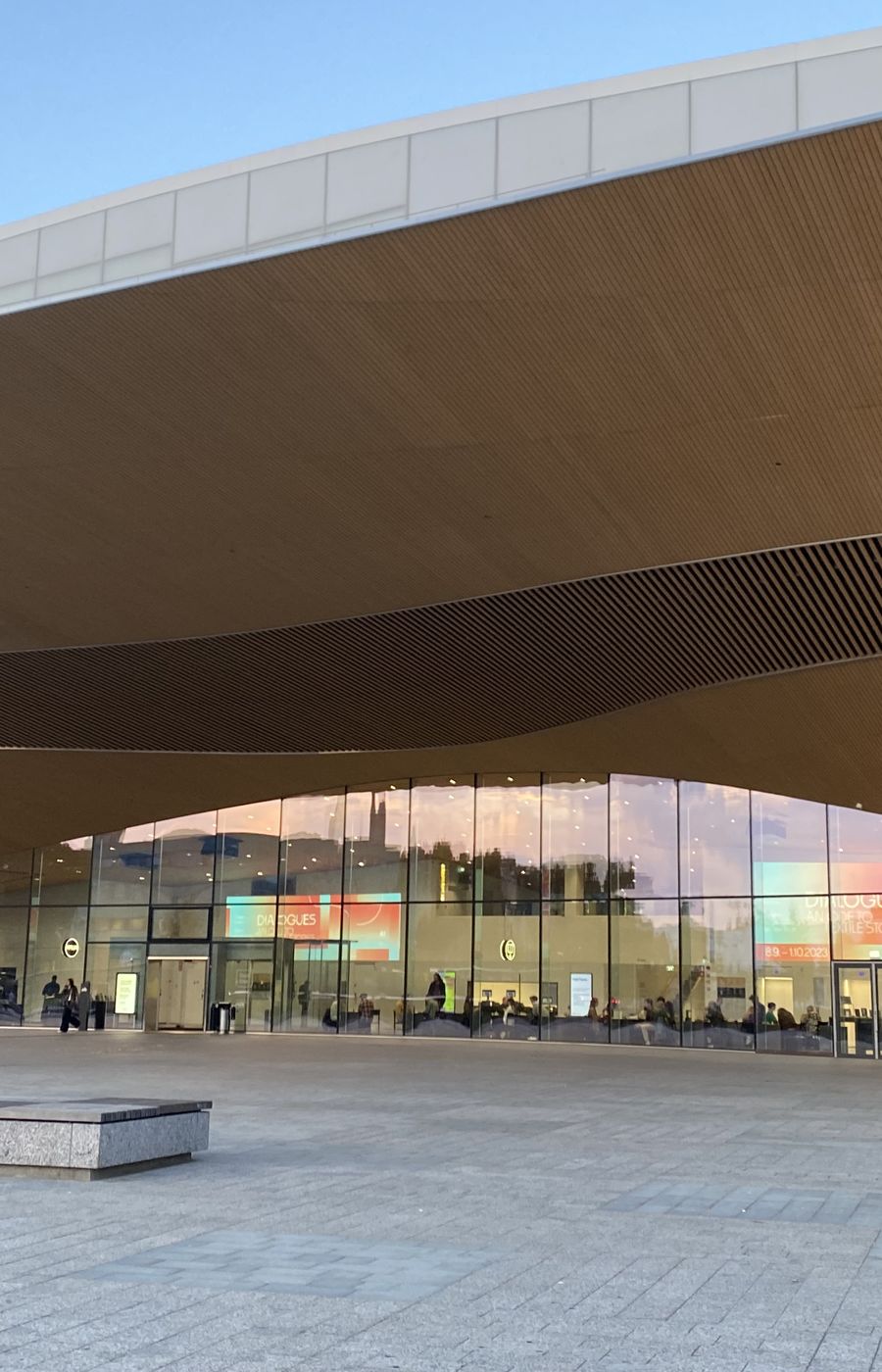
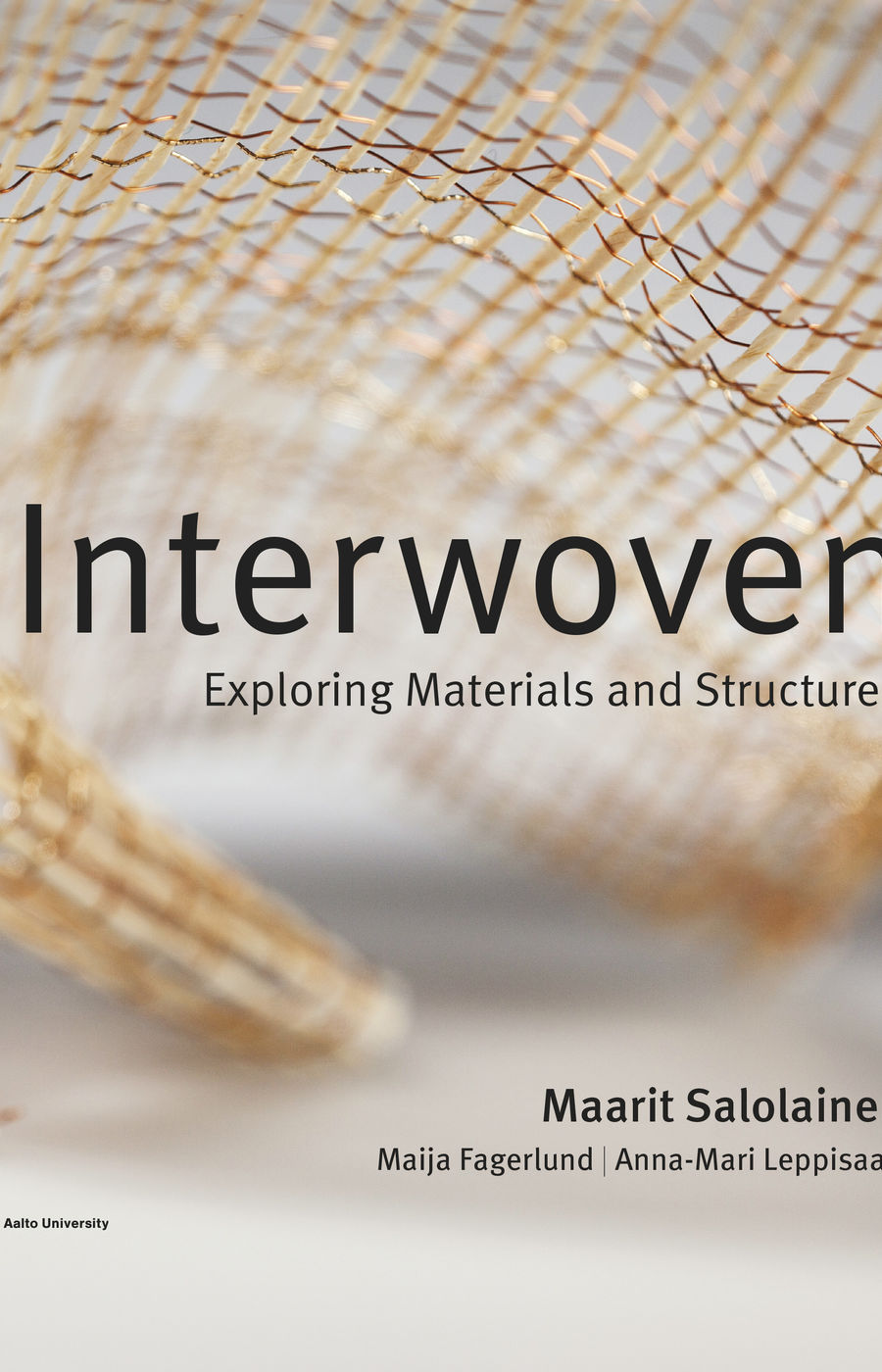
Interwoven: Exploring Materials and Structures
Maarit Salolainen, contributions by Maija Fagerlund, Anna-Mari Leppisaari, Kirsi Niinimäki and Aalto ARTS graduates
AaltoARTS Books 2022
'Interwoven-Exploring Materials and Structures' is a joyous exploration into woven textile design. It dissects woven structures along with the fibers and yarns used to make them, giving exceptional insight into the world of fabrics.
The book outlines how the manifold history of textiles has been intertwined with human innovation from prehistoric twining to the invention of the binary code, through to today's new material discoveries and the urgent quest for sustainability. By investigating the past and present of textiles, and narrating their cross-cultural roles, meanings and influences, Interwoven illustrates how textiles have been used to tell human stories throughout the ages.
The book introduces a new pedagogical method for woven textile design studies, inviting the reader to take a seat at the looms to weave their own stories. Detailed instructions for creating textiles, ranging from fibers and yarns to basic weaves, multi-layered constructions and digital jacquard design, are interspersed by emotionally rich, tactile textile stories by Aalto ARTS design students. The way this book interweaves technical knowledge, artistic expression and storytelling makes it a unique guide on the path to mastering textile design.
"This book weaves the warp of wisdom and the weft of wonder into a fabric of fascinating complexity. Displaying a burst of creativity coupled with a sense of functionality it shows a deep respect for our pummeled planet. From pre-historic constructions to futuristic applications, this book demonstrates the intelligence of weaving.” – Lidewij Edelkoort
Order from Aalto ARTS Books
Exhibition projects
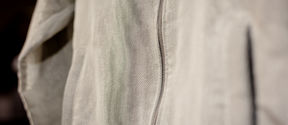
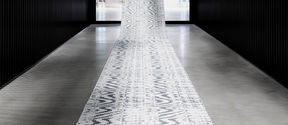
Lorena Articadi - Softcore
See the photos
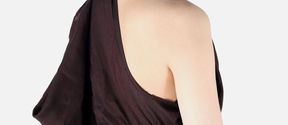
Kristin Ferrell - Mountainside
See the photos
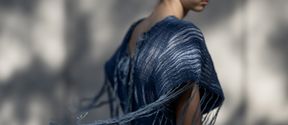
Sanna Ahonen - Slow Unfolding
See the photos
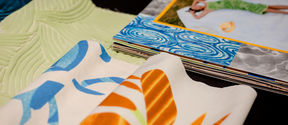
Nora Bremer - Everything Comes from Something
See the photos
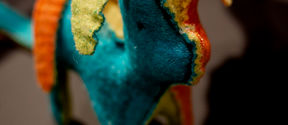
Venla Elonsalo: 3D Weaving Project
See the photos
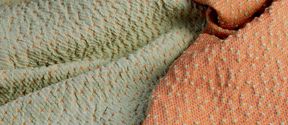
Anusuya Krishnaswamy - Of the ordinary, in this ordinary
See the photos
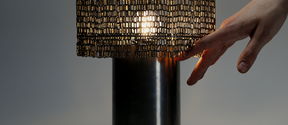
Ella Siltavuori - What's your legacy?
See the photos
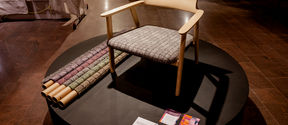
Josh Krute: Kuulas chair and End-grain fabric
See the photos
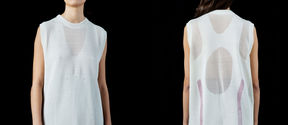
Ioncell® Lindström towel project
See the photos
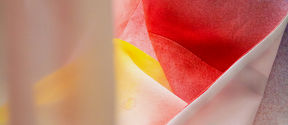
Jarno Kettunen - In between: Color, Object
See the photos and project portfolio
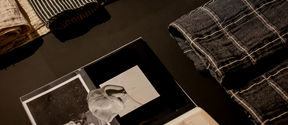
Leonardo Hidalgo Uribe - Geographies of Memory and Nostalgia
See the photos
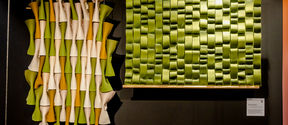
Elisa Defossez - Nukuness
See the photos
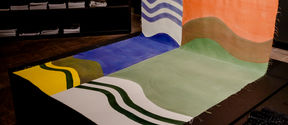
Helmi Liikanen: AUKEAMA
See the photos
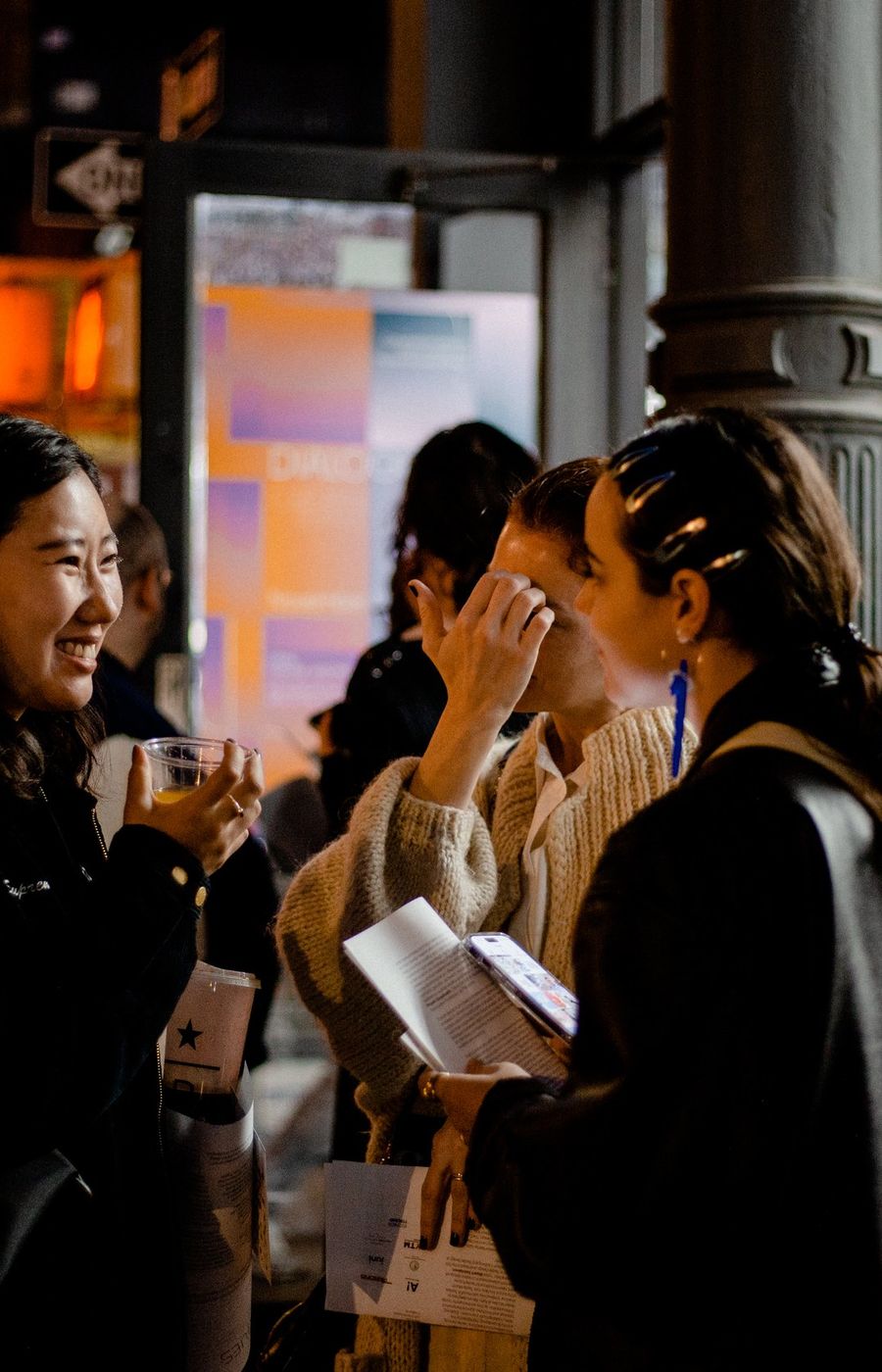
'DIALOGUES: Creating New Textile Futures' Exhibition and Seminar
New York Textile Month 2022
A collaboration between Aalto University School of Arts, Design and Architecture and Parsons - The New School
‘Dialogues: An Ode to Textile Stories’ at Helsinki Central Library Oodi is the latest edition in the DIALOGUES exhibition series. The first edition was organised as part of a seminar programmed for New York Textiles Month in November 2022. The series title emerged from this transatlantic showcase of creative design work, material solutions and design pedagogy which offered a platform for cross-sectoral dialogue on textile futures across borders.
By presenting an interplay of contemporary textile and fashion design practices by master’s level students at Aalto University, School of Arts, Design and Architecture in Finland and Parsons - The New School in the United States, the seminar connected creatives, educators, innovators, and leaders from Finland and the US to reimagine the landscape of tomorrow’s textiles and fashion, driving a shared dialogue spanning over continents and into the future.
The projects from Aalto University included a research-driven project on compression textiles used in healthcare, a study on natural dyes that originate from food waste, and the dialogue between light-emitting technology and textiles, combining material science and traditional weaving.
“Aalto University with its six schools forms a multidisciplinary environment, which sets the scene for the student’s studies. The focus of the curation is on practice-led research and creative future solutions. Textile thinking and studio pedagogy, highlighted by the newly published book 'Interwoven – Exploring Materials and Structures', stand at the forefront of this exhibition, as they are the base for textile design studies at Aalto. We are delighted to share our textile stories with the MFA Textiles of Parsons in this New York Textile Month event. New innovations for textile futures come from shared passion, creative dialogues and interaction.” notes Maarit Salolainen, Head of the Master’s in Fashion, Clothing and Textile Design (FaCT) at Aalto University.
DIALOGUES, New York was presented by Aalto University School of Arts, Design and Architecture, Parsons School of Design, The Consulate General of Finland in New York, The Finnish Cultural Institute in New York, Business Finland, and Juni Communication, in collaboration with New York Textile Month.
Dialogues New York Textiles Month
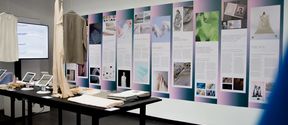
Finnish Cultural Institute in New York — DIALOGUES – Creating New Textile Futures (external link)
DIALOGUES – Creating New Textile Futures brings together leading universities from Finland and the United States to reimagine the landscape of textile and fashion industries of tomorrow.
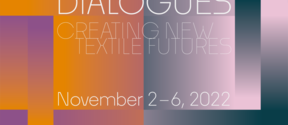
DIALOGUES New York – Exhibition and Seminar (external link)
New York Textiles Month 2022
'DIALOGUES: Creating New Textile Futures' Exhibition at Dipoli Gallery
December 2022-February 2023
Aalto University, Otaniemi Campus
Following the success of the programme in New York, the Dialogues exhibition returned to Aalto University's Otaniemi campus, opening in Dipoli Gallery in December 2022. Here the exhibition was expanded to include over 30 projects, showcasing the range and diversity of textile thinking across research and education disciplines.
This exhibition 'DIALOGUES: Creating New Textile Futures' at Dipoli Gallery, Aalto University can be explored through the virtual exhibition website below.
The visual identity for each edition of the series was designed by Aino Salonen.
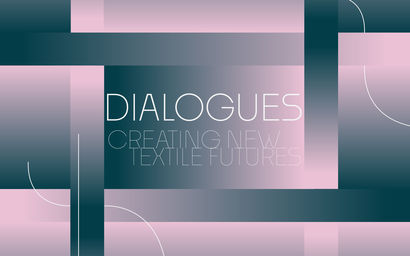
DIALOGUES Creating New Textile Futures
DIALOGUES – Creating New Textile Futures by AaltoTEXTILES
